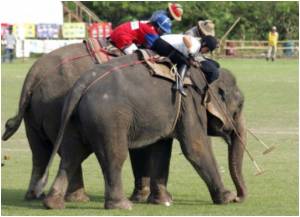Charles Darwin noticed something peculiar about domesticated mammals, more than 140 years ago.

The underlying link between these features could be the group of embryonic stem cells called the neural crest, suggest the authors. Although this proposal has not yet been tested, it is the first unified hypothesis that connects several components of the "domestication syndrome." It not only applies to mammals like dogs, foxes, pigs, horses, sheep and rabbits, but it may even explain similar changes in domesticated birds and fish.
"Because Darwin made his observations just as the science of genetics was beginning, the domestication syndrome is one of the oldest problems in the field. So it was tremendously exciting when we realized that the neural crest hypothesis neatly ties together this hodge-podge of traits," says Adam Wilkins, from the Humboldt University of Berlin. Wilkins is an editor at GENETICS and one of the paper's authors.
Neural crest cells are formed near the developing spinal cord of early vertebrate embryos. As the embryo matures, the cells migrate to different parts of the body and give rise to many tissue types. These tissues include pigment cells and parts of the skull, jaws, teeth, and ears—as well as the adrenal glands, which are the center of the "fight-or-flight" response. Neural crest cells also indirectly affect brain development.
In the hypothesis proposed by Wilkins and co-authors Richard Wrangham of Harvard University and Tecumseh Fitch of the University of Vienna, domesticated mammals may show impaired development or migration of neural crest cells compared to their wild ancestors.
"When humans bred these animals for tameness, they may have inadvertently selected those with mild neural crest deficits, resulting in smaller or slow-maturing adrenal glands," Wilkins says. "So, these animals were less fearful."
"This interesting idea based in developmental biology brings us closer to solving a riddle that's been with us a long time. It provides a unifying hypothesis to test and brings valuable insight into the biology of domestication," says Mark Johnston, Editor-in-Chief of GENETICS.
If so, we will have a much deeper understanding of the biology underlying a significant evolutionary event, Wilkins says. "Animal domestication was a crucial step in the development of human civilizations. Without these animals, it's hard to imagine that human societies would have thrived in the way they have."
Source-Eurekalert
 MEDINDIA
MEDINDIA




 Email
Email





